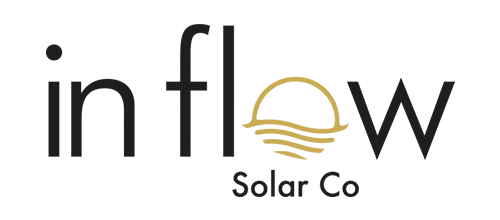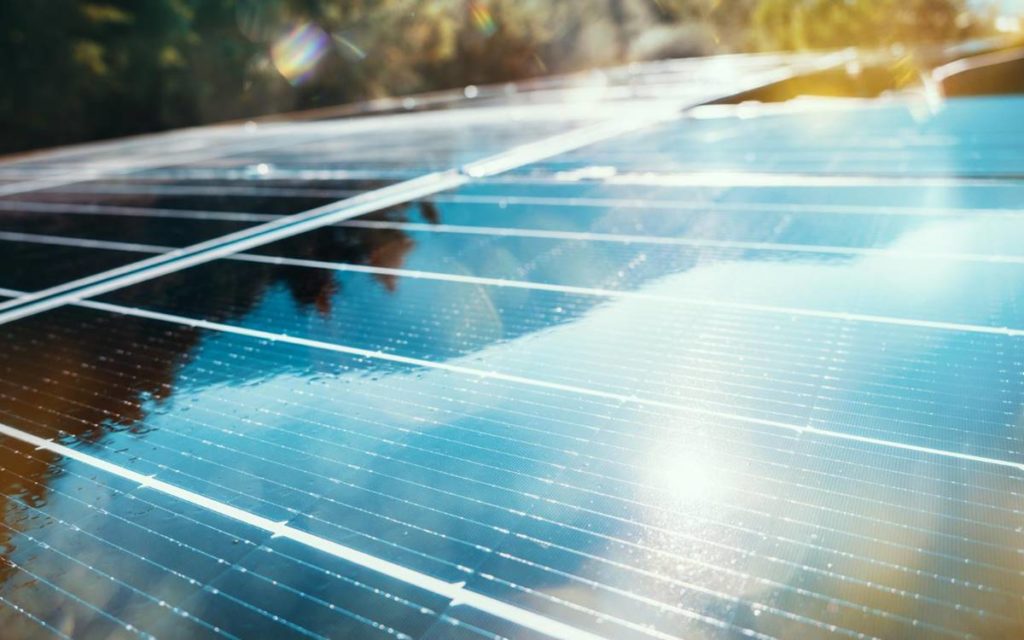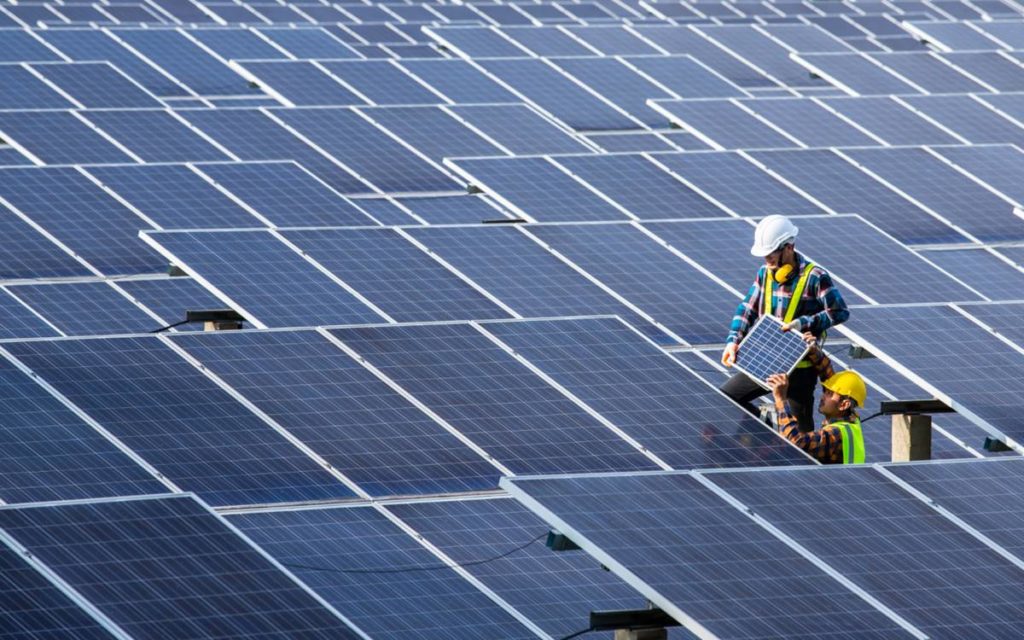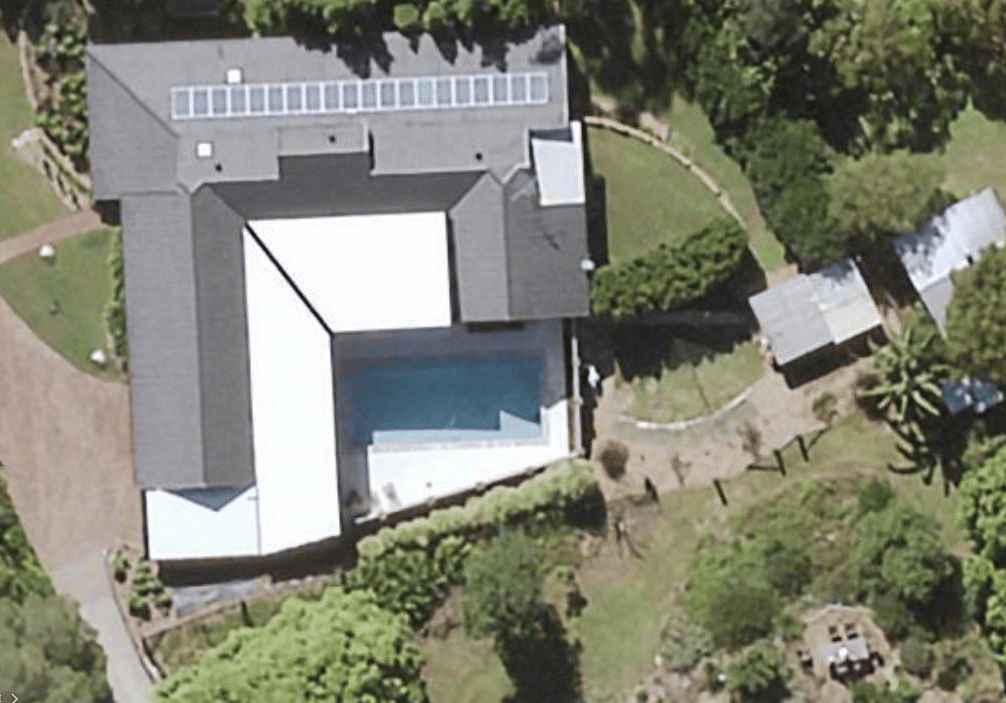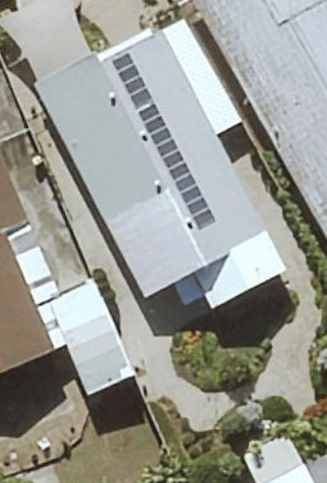Is Your Electricity Meter a Smart Meter?
The demand charge is basically a charge that is only administered to households that have had smart meters installed. So, if you are on the old style meters this won’t apply yet,as there is no way they can work out this charge with old “non-real” time meters.
For those of you that do have the smart meter, the demand charge is based on your highest consumption within the billing period between the hours of 4PM-9PM. So any day within that billing period, between the hours of 4-9PM whatever your highest consumption is, the demand charge will be based on that.
How do you know if you have a smart meter?
1. Here is an image of an example smart meter. You can often see it has a small antenna on it.

These are not smart meters
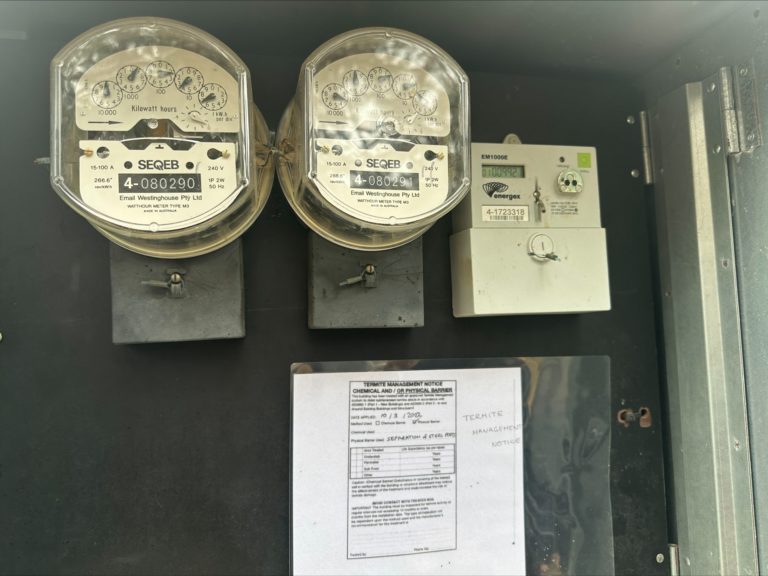
2. If you download and look at your electricity retailer’s app, you will be able to see your cost and usage/ consumption down to the hour. If you don’t have a smart meter you will only be able to see an estimate of what your bill will cost for the period
Here is a sample AGL bill from a customer with the demand charge for a 31-day billing period amounting to $10.60. It’s not a huge extra cost but this is another increase on top of the 27% increase in your tariff rates you have or will see on your electricity bills.

To minimise this charge, avoid/minimise use of power during that time.
Some manual ways you can minimise this charge
1. Make the most of what your solar power system produces and try to use the power that you do use, during the day when the sun is hitting your solar panels.
2. One of the biggest users at night is cooking. Where possible try to cook before 4pm. Can you use a slow cooker to cook meals while you are at work?
3. Try not to use multiple heating/cooking devices at once. For example, an electric element on your stove might use 1500w or 1.5kW. If you use two of them, that will increase your peak usage to 3kW. If you also turn on a heater at the same time, that will add another 2000w or 2kW, so you have just reached 5kW of peak consumption.
4. Did you know that using single small appliances and avoiding using one large can halve your power consumption for cooking? For example a small electric pizza cooker might use 800w in an hour, as putting that same one pizza in your oven will use 2800w or 2.8kWh approximately. An egg cooker might use 400w, whereas boiling eggs on the stove using one element, might use 1500-2000w depending on the size of the element you use.
The Set and Forget Way to Minimise this Charge
Another way to help eliminate the peak demand charge is to install solar batteries.
In this way, during the hours of 4-9pm, you will be drawing energy you have stored during the day in your batteries, to power your house at night, therefore reducing your consumption considerably if not completely.
The added economic benefit of batteries is you are potentially eliminating all your usage charges as well.
We are still offering free electricity bill Saving Check!
we will analyse it for you and let you know who to change to and how much you will save!
On average you can save $200-$500 per year, but there are instances that you can save up to $700 or $800, it depends on your energy usage and how much you feed into the grid. If you already have solar power
How? Just click here
